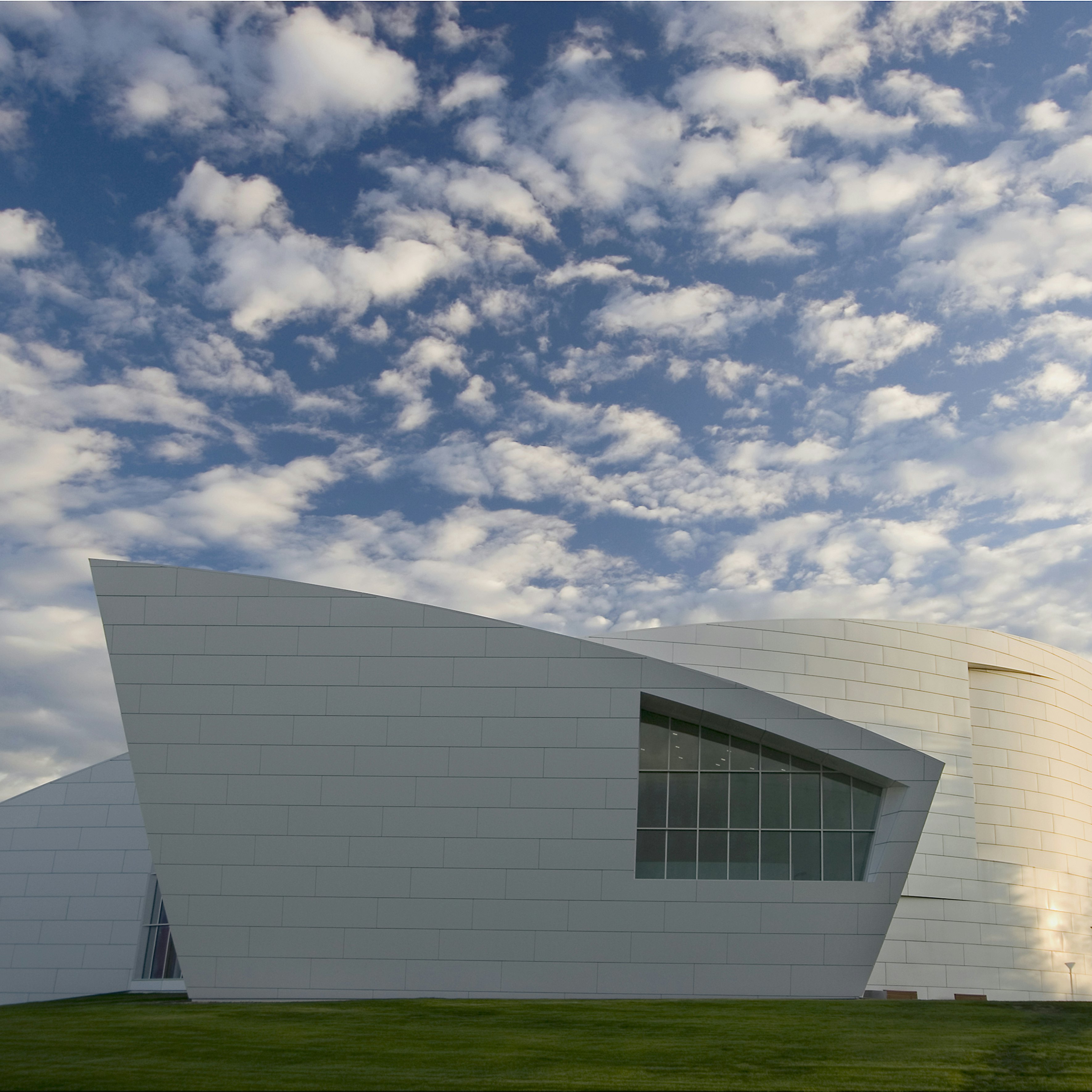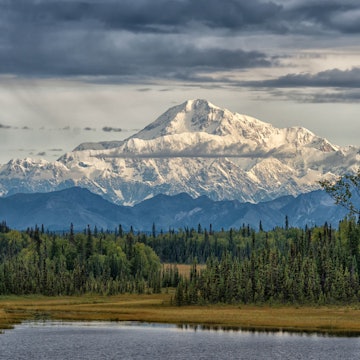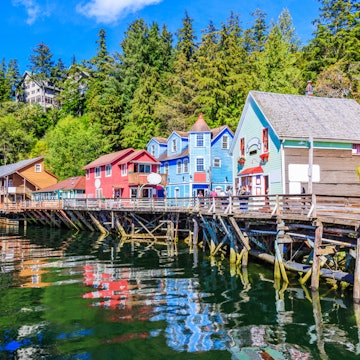

Mihael Blikshteyn / Stocksy United
Overview
Bears larger than bison, national parks the size of nations, and glaciers bigger than other US states. The word "epic" barely does Alaska justice.
Leave the planning to a local expert
Experience the real Alaska. Let a local expert handle the planning for you.
Must-see attractions
Planning Tools
Expert guidance to help you plan your trip
Best Things to Do
Experience the best of Alaska with this guide to the top things to do in the Last Frontier.
Read full article
Best Places to Visit
From exploring Denali and other epic national parks to learning native history in quaint coastal towns, here are the best places to visit in Alaska.
Read full article
Best Time to Visit
From freezing darkness and empty ski slopes to endless sunshine and cruise crowds, each Alaskan season has its pros and cons. Find your perfect time to go.
Read full article
Things to Know
Bigger, colder and more remote than any other state in the US, Alaska doesn't do things by half. Here's everything you need to know.
Read full article
Transportation
Everything you've ever wanted to know about the logistics of planning an Alaskan adventure, plus tips for keeping it cheap.
Read full article
Free Things to Do
A state known as much for its high prices as its epic experiences, Alaska doesn't have to break the budget. Here's how to visit on the cheap.
Read full article
Money and Costs
Alaska is not an inexpensive place to discover. Here are 14 ways to make your dollar go further in the Last Frontier.
Read full article
Traveling with Kids
Alaska is brimming with family-friendly adventures from its iconic wildlife, national parks and glacier-filled hikes to gold-mining, ATVing and ziplining.
Read full article
Best Road Trips
In a land of epic wilderness, rugged landscapes and a Serengeti’s worth of big fauna, Alaska’s highways offer unlimited possibilities for road trips.
Read full article
in partnership with getyourguide



















